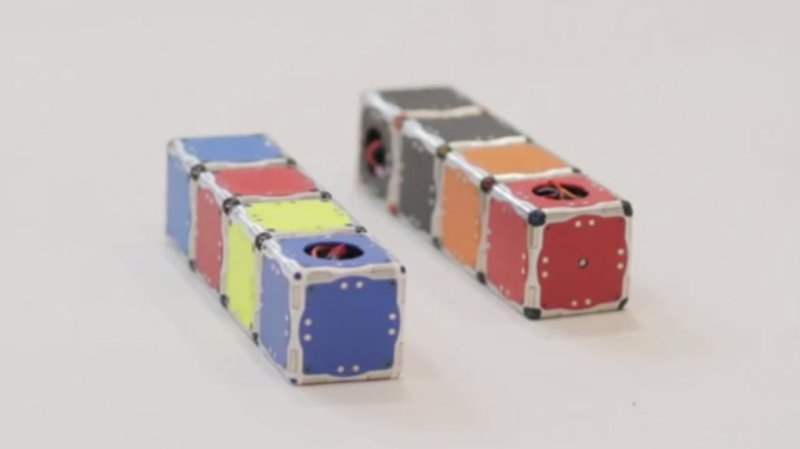Scientists at the Massachusetts Institute of Technology unveiled small, cube-shaped robots that can flip, jump, stack and assemble themselves into larger shapes with no exterior moving parts.
The robots, called M-Blocks, use an internal flywheel mechanism to move and stick together using magnets.















